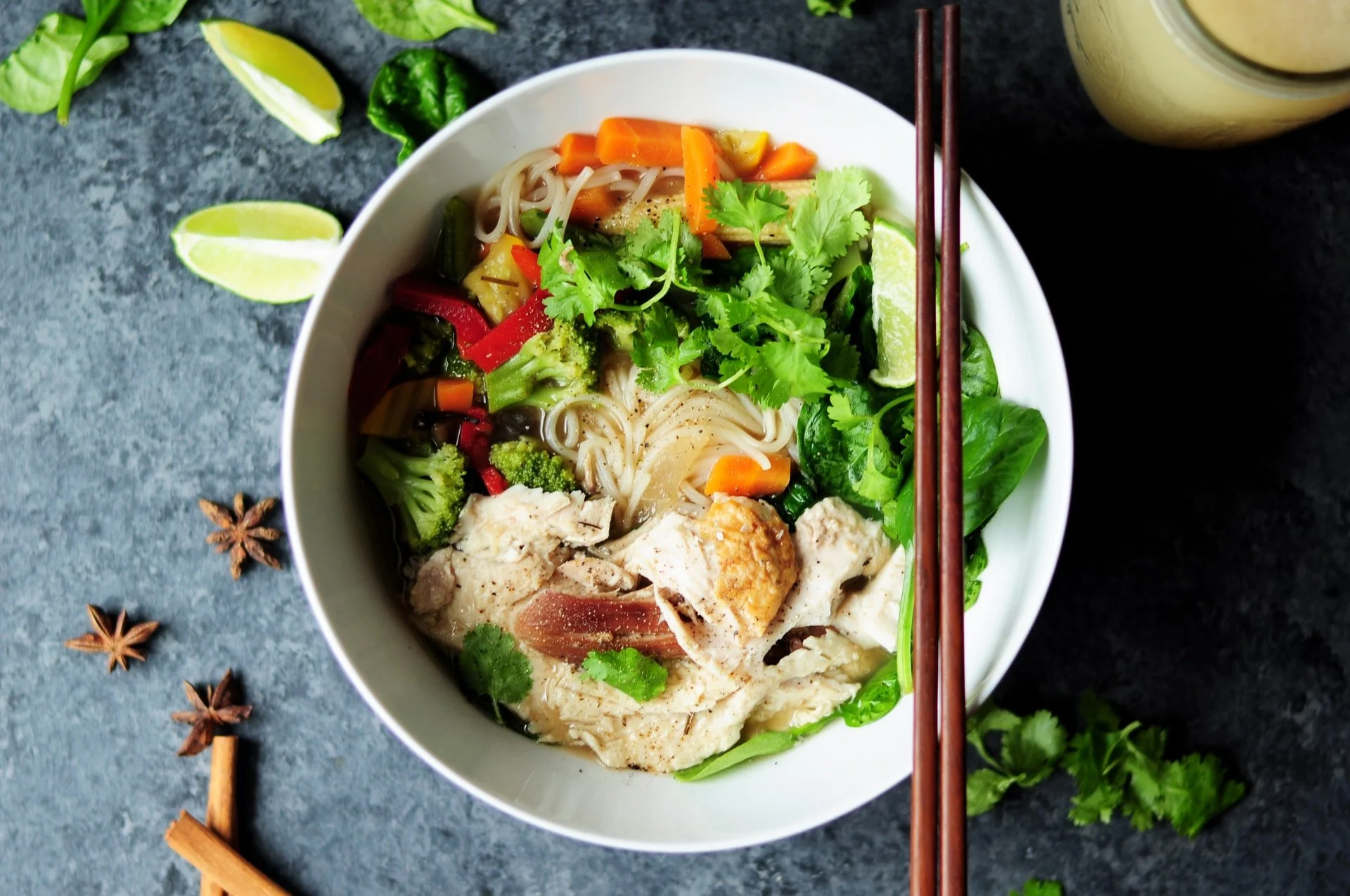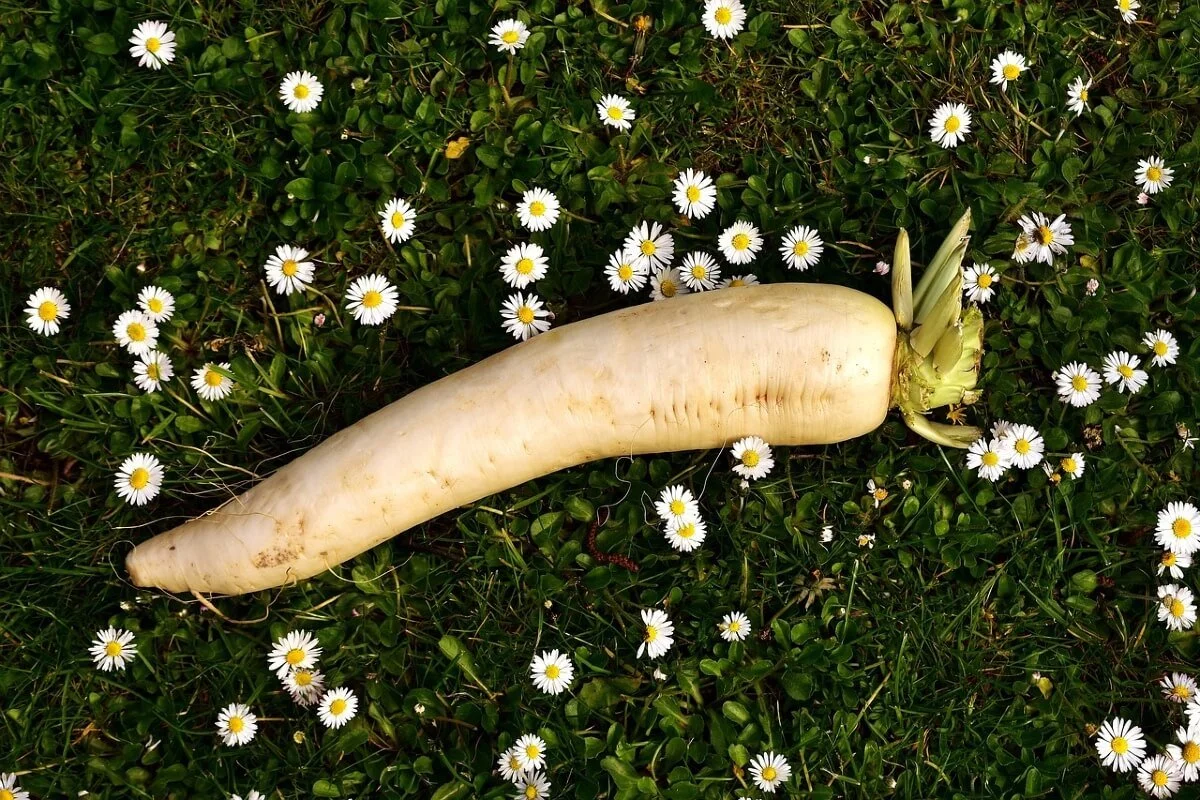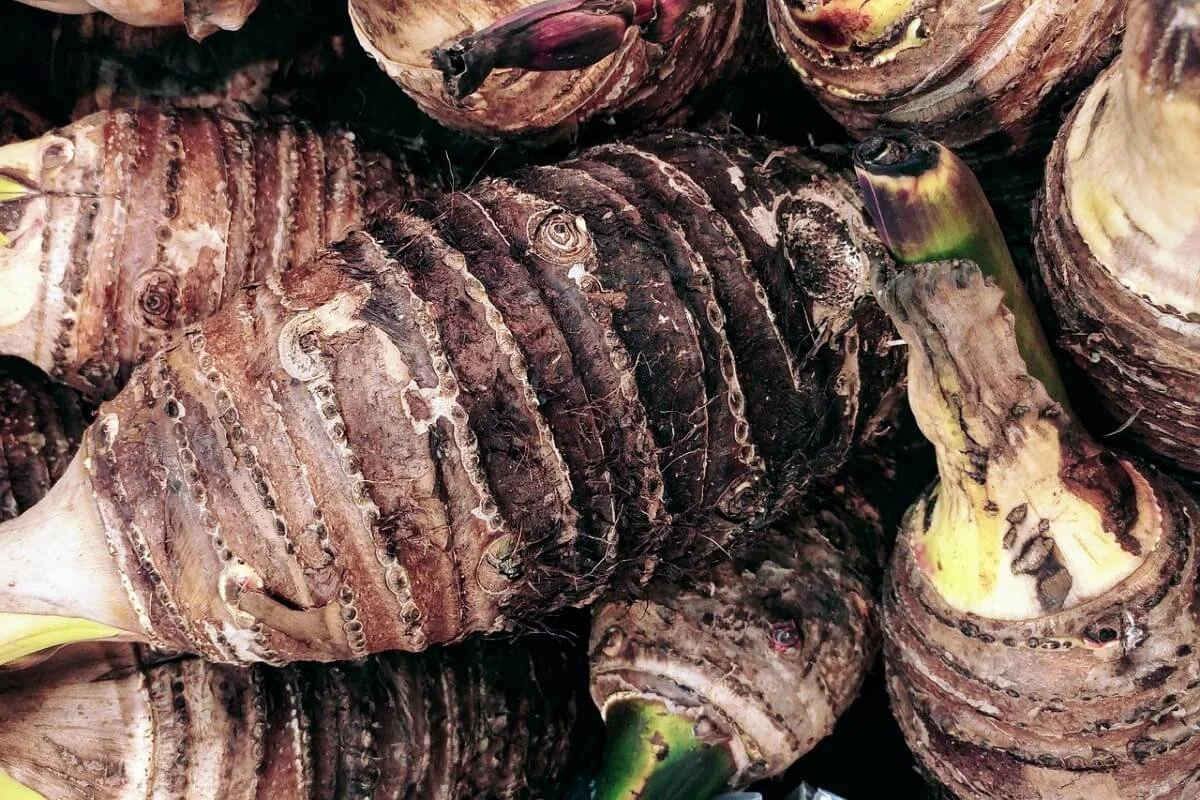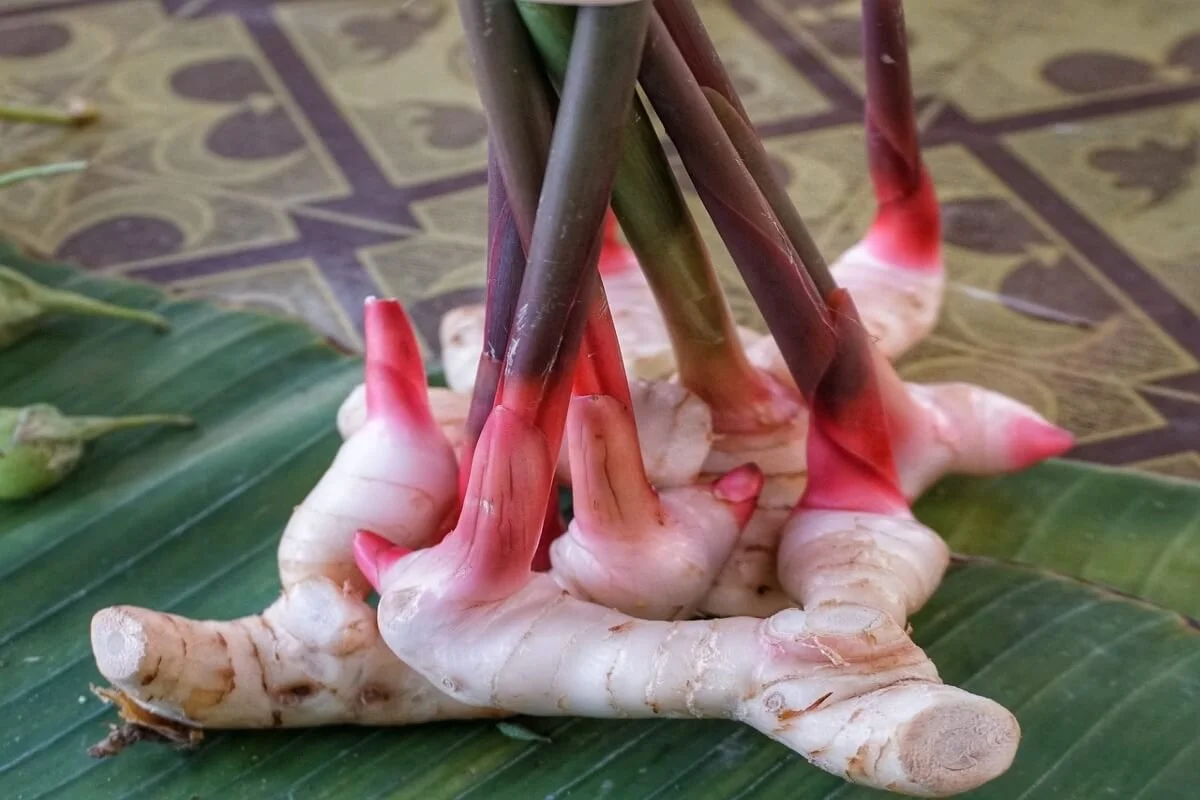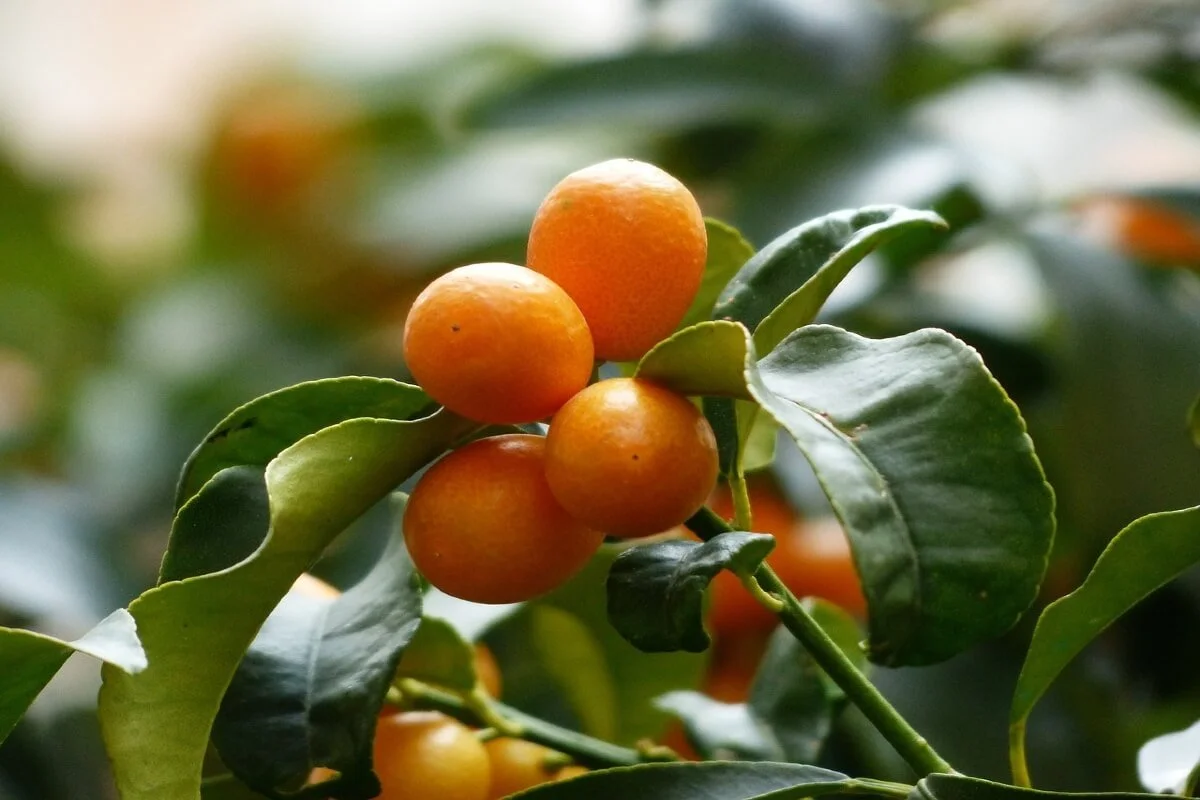Demystifying The Asian Produce Aisles
Discover > Texas Home Cooking > Demystifying The Asian Produce Aisles
Can you tell the difference between bok choy and napa cabbage? Or can you pick out taro root from lotus root? If not, well, don’t fret because a lot of people are blissfully unaware of all the beautiful produce that comes from Asian regions. In this post, let’s explore the favorite Asian crops commonly used in many kitchens in Texas.
Countries such as China, Japan, Korea, Thailand, and Vietnamese among others are renowned for the plethora of flavors, textures, and tastes they offer. So, we’re about to dive into the world of this exotic Asian produce, demystify it, and hopefully, get cooking with it!
Asian Crops in Texas Market
Bok Choy
Bok Choy is a Chinese cabbage that is extensively used in Asian kitchens. Its versatile nature makes it a perfect addition to your stir fry or grilling recipes. Extremely nutritious, Bok Choy is one of the foods native to Asia with a taste that’s close to swiss chard, with crunchy stalks and tender leaves. As they cook, these asian crops take on a mildly sweet flavor.
The most popular way to cook with bok choy is to braise, steam or chop it for prawn stir-fry, soups or chicken sauté recipes. When you’re out shopping, make sure you select bok choy that has full, dark green leaves and spotless white stalks that are firm. It should stay good in your fridge unwashed in a plastic bag for a couple of days.
Nutrient Profile: This had me pleasantly surprised! Turns out that the Chinese cabbage is super low in saturated fat and cholesterol, while being packed with dietary fiber, protein, thiamine and niacin. Vitamins A, C, B6 and K are also abundantly available along with calcium, iron, magnesium and other essential minerals.
Daikon
Another Asian grocery staple and one of the popular Asian crops, Daikon means ‘great root’ in Japanese and is also known by many other names. Although it resembles a radish, it has a sweeter flavor and a crunchier texture than generic radishes. Some would also confuse daikon with mu, the Korean white radish used in Korean BBQ side dishes, but they differ in taste as mu is less sweet. You’ll find daikon in most foods native to Asia, shredded, pickled, roasted, or steamed even. It lends a peppery taste and lots of freshness when added to a dish or even as a condiment. It is a Texas produce in season in summer to fall.
So, the next time you’re braising some chicken, add a dash of Asian flavor to it with a handful of chopped daikon. Picking out good quality daikon is all about selecting even-sized, well-shaped radishes that are smooth and hard. They can stay fresh in the fridge unwashed in a plastic bag for around ten days.
Nutrient Profile: Daikon is rich in nutrients such as potassium, phosphorus, and several vitamins. It’s great if you want to add fiber to your diet. It’s high on calcium, folate and magnesium. Make sure you include the daikon leaves in your cooking since they are super nutritious as well!
Taro Root
Here we have a Malaysian native called Taro, Arrow Root, Dasheen among many other names, depending on which country you’re in. By itself, taro is a humble tuber that doesn’t have any definitive taste of its own but can excellently carry any strong flavor it’s introduced to. This starchy root is popular across Asia and South-east Asia in several diverse forms of cooking. From taro moon cakes to spicy taro chips, the choice is as wide as it gets.
The general thumb rule of cooking with taro is to use it as a potato. However, it’s still on the firmer and drier side after cooking. Taro can be boiled, fried as chips or baked in a pot pie dish, it’s all up to your imagination. When you’re picking out your taro, choose firm and brown-colored ones without patches or spots. Store them with your potatoes and they’re good to go.
Nutrient Profile: Taro is jam-packed with nutrients such as potassium, calcium, folate, magnesium among others. It generously high on several vitamins and can add a good dose of fiber.
Galangal
Also known as Thai or Siamese Ginger, Galangal is one deceptive little root. Because although it looks pretty similar to regular ginger, it tastes nothing like it! While common ginger is pungent and spicy, galangal has a distinctly strong and citrusy flavor. It is one of the Asian crops that finds a place in most Thai, Indonesian and Malaysian recipes.
So, the next time you’re at a Thai restaurant and enjoying that zingy, spicy deliciousness, you know galangal has been working its magic in the dish. At home, you can cook with galangal just like you would with ginger and add it grated or mashed to a Malaysian beef curry or a Thai coconut chicken soup.
Nutrient Profile: Galangal is a close cousin to turmeric and ginger therefore it shares their historically popular medicinal properties. It offers many essential nutrients and vitamins such as pyridoxine, riboflavin, vitamin C, pantothenic acid among others for all-around good health and wellness.
Kumquat
Now, you’ve most probably chanced upon these colourful, bright little fruits at your neighbourhood farmer’s market and have mistaken them for baby oranges. Originally Chinese, kumquats are tart little fruits that you can eat, peel, and all! Unlike oranges, kumquats are foods native to Asia and have a peel that’s sweeter than the pulp.
Known to be the tiniest members of the citrus family, these fruits taste both sweet and sour and can make a delicious marmalade. Toss them in a salad for some brightness and acidity or squeeze them over meaty dishes for a zing. Kumquats are also delicious as chutneys and are often preserved in a mix of sugar and honey. In China, kumquats are used to brew a tea along with ginger and honey to ward off infections such as common cold.
Nutrient Profile: Being a citrusy fruit, kumquats are jam packed with antioxidant vitamins C, A and E. The peel especially contains loads of fiber as well as essential oils such as limonene, pinene etc., that work together to nourish and protect your health.
Asian cuisine is all about the magical balance between sweet, spicy, bitter, sour and salty. To create that ultimate umami bliss. Apart from the Asian crops listed above, there are tons of versatile and delicious Asian vegetables, fruits, and spices that you can use to elevate your everyday cooking. Hopefully, this list has given you a peek into this beautiful cuisine and has added a few items to your grocery list!
Put your asian produce to good use by making Korean BBQ, Here’s how!

